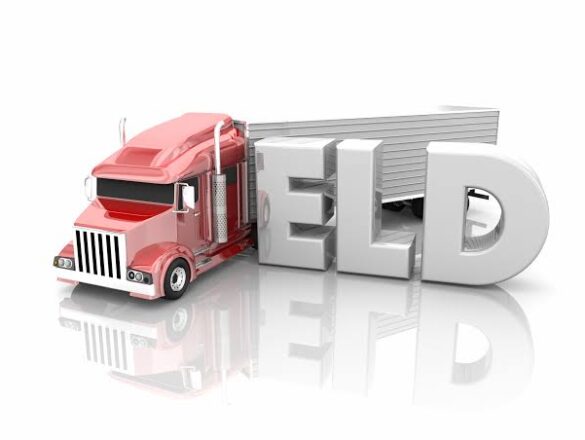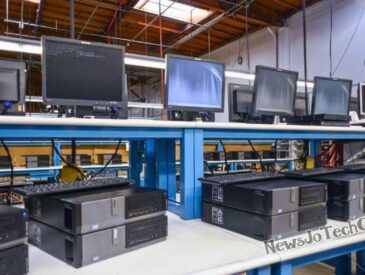Key Takeaways
- Understand the significance and benefits of Electronic Logging Devices (ELDs) in hot shot trucking.
- Explore the role of advanced technology in improving operational efficiency and compliance.
- Learn about the potential challenges and solutions associated with ELD implementation.
The Basics Of Hot Shot Trucking
Hot shot trucking is an essential logistics industry segment designed to transport smaller, time-sensitive loads with utmost speed and efficiency. These services are precious in industries where the ability to deliver goods quickly gives a competitive edge.
Typically, hot shot trucks are lighter and more agile than traditional long-haul trucks, allowing them to navigate routes with fewer delays and deliver goods more promptly. However, the rapid nature of hot shot deliveries demands a precise balance between agility and regulatory compliance.
In this context, managing drivers’ working hours to prevent burnout and adhere to federal regulations becomes a fundamental service aspect.
Electronic Logging Devices: A Game Changer
The advent of electronic logging devices, commonly called ELDs, has dramatically transformed the truck logging landscape, offering a robust solution to track driver activity and ensure compliance with regulatory standards.
One of the most pressing needs in hot shot trucking today is identifying the best ELD for truckers, a necessity driven by strict enforcement of Hours of Service (HOS) rules. These devices offer real-time tracking and data collection, minimizing the potential for errors and manipulation associated with manual logbooks.
By automating the tracking process, companies enhance their compliance with federal mandates and gain the confidence of regulators and clients alike.
Boosting Efficiency And Compliance
ELDs significantly enhance the efficiency and compliance of trucking operations by offering a seamless mechanism to log work hours and monitor driving patterns. They reduce paperwork and eliminate manual errors, ensuring that the rules set by the Department of Transportation, especially the hours of service regulations, are strictly followed.
By preventing driver fatigue and promoting consistent rest periods, ELDs contribute to road safety, which is a critical concern in the trucking industry.
Moreover, the automated data collection provided by ELDs allows companies to accurately plan schedules and optimize resource allocation, thereby maximizing productivity while maintaining compliance.
Enhancing Operational Insights
In addition to compliance, ELDs are invaluable in providing detailed operational insights that can drive strategic business decisions. The data gathered from these devices encompass various aspects such as route efficiency, driver habits, and fuel consumption.
Access to such data enables managers to analyze and refine routes for optimal performance, thereby cutting down unnecessary travel time and expenses. Furthermore, insights into driving habits can guide targeted training and performance improvement strategies.
This analytical capability empowers businesses to preempt potential issues, streamline operations, and, ultimately, bolster their bottom line.
Potential Challenges And Solutions
Despite their benefits, transitioning to ELDs can present challenges for some trucking companies. The initial setup costs and potential resistance from drivers, who may be accustomed to traditional methods of logging their hours, are common hurdles.
Encouraging adoption requires transparent communication, comprehensive training programs, and clear presentations of the long-term benefits of ELDs, such as improved safety records and reduced administrative burdens.
By illustrating these advantages, companies can ease the transition and foster acceptance among their workforce. The cost factor can also be addressed by calculating the return on investment and factoring in outcomes like avoiding penalties and extending vehicle lifespan through better maintenance practices supported by ELD data.
The Future Of Hot Shot Trucking With ELDs
The integration of ELDs is poised to shape the future of hot shot trucking with evolving technologies that offer even greater precision and insights. The potential for advancements such as real-time vehicle monitoring, predictive analytics, and integration with IoT devices can further enhance efficiency, safety, and customer satisfaction.
Adopting these technical innovations will guarantee compliance and boost operational efficiency for businesses dedicated to being at the forefront of their respective industries. Still, it will also position them strategically in a competitive landscape.
Pursuing innovation in this sphere promises to streamline processes, improve service delivery, and potentially revolutionize the fast-paced environment of hot shot trucking.
Conclusion: Embracing The Change
In the rapidly evolving world of logistics, adopting Electronic Logging Devices is not merely a compliance requirement, it is a strategic move towards optimizing operations and ensuring the safety of the drivers and the public.
By embracing ELDs and leveraging their full capabilities, companies involved in hot shot trucking can advance their operational efficiency, maintain high safety standards, and reinforce their competitive advantage.
As the industry continues to evolve, the willingness to adapt to innovation and leverage technological tools will define the leaders in the market. Ultimately, ELDs are more than compliance tools; they are pivotal assets in the strategic development of thriving transportation companies.




